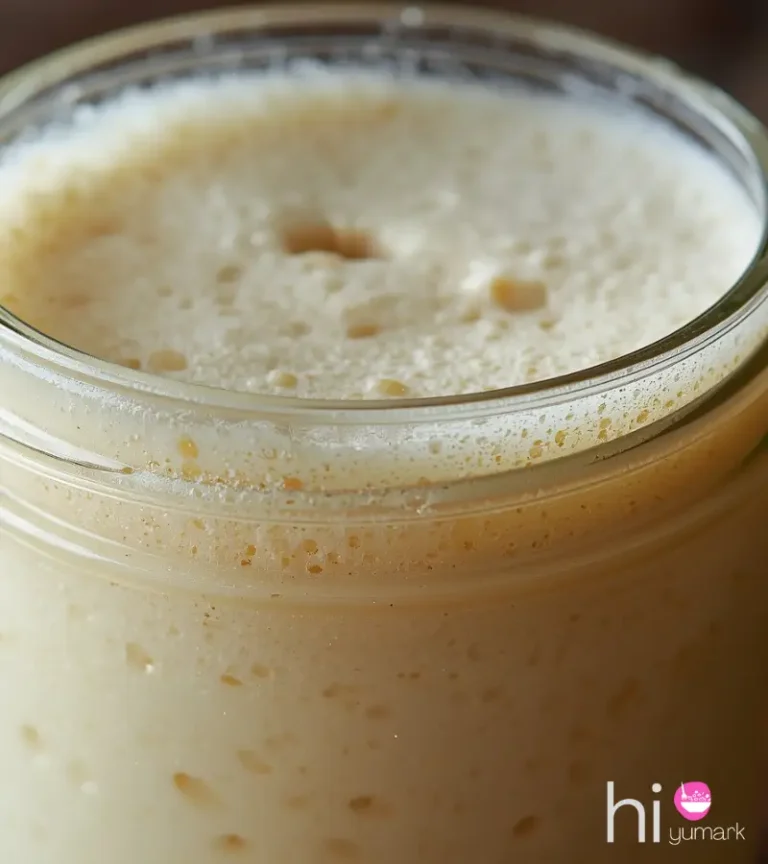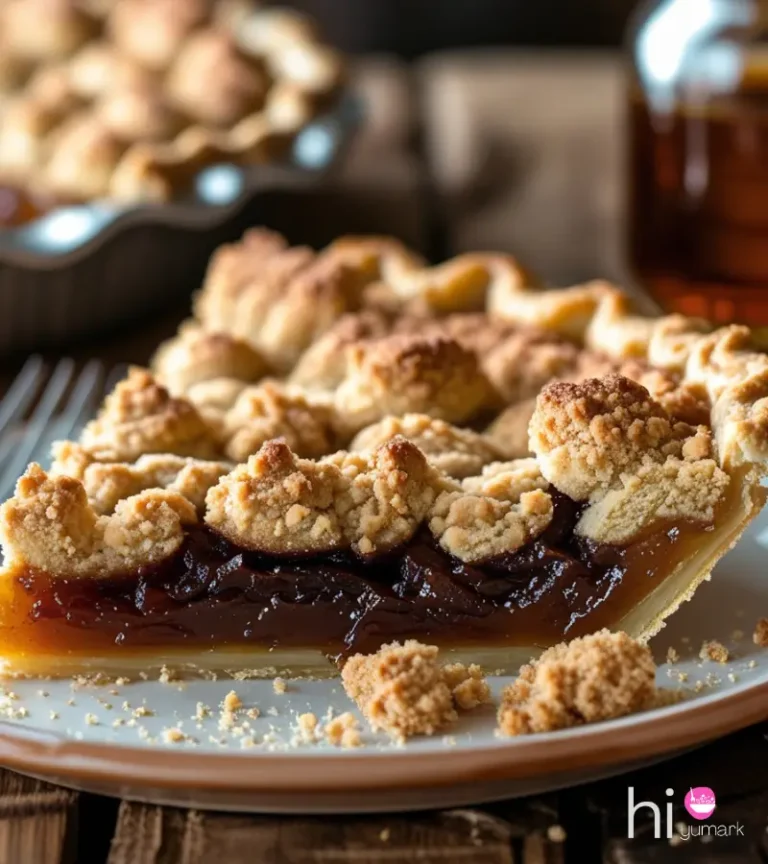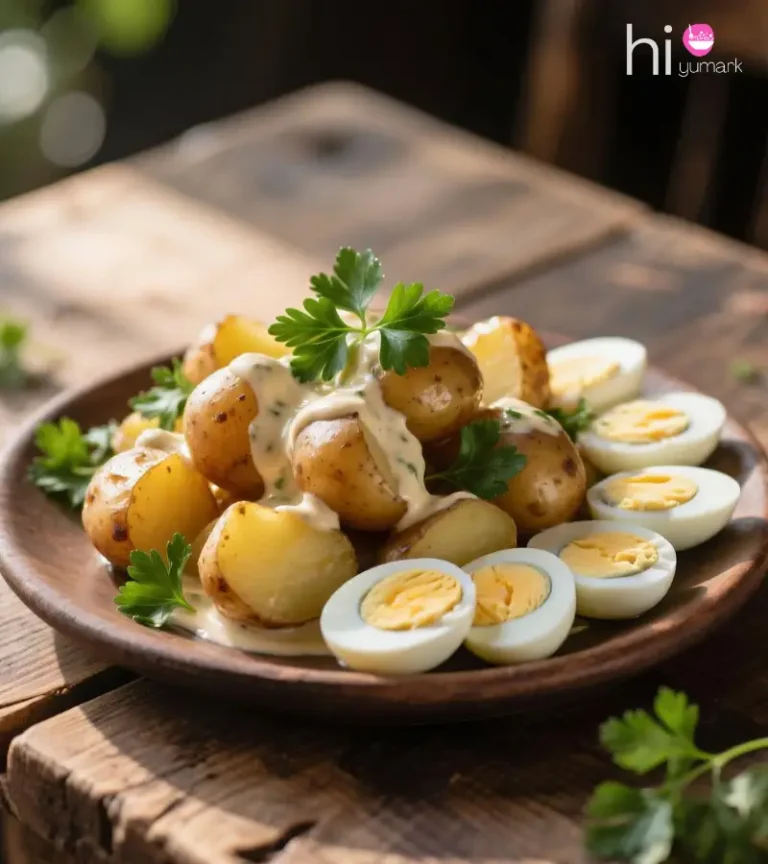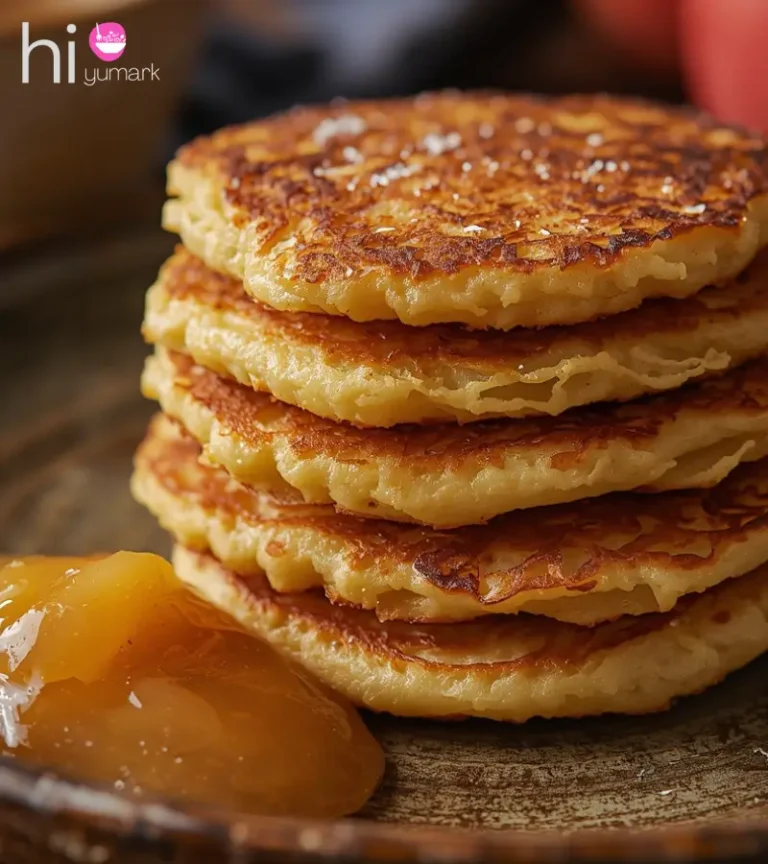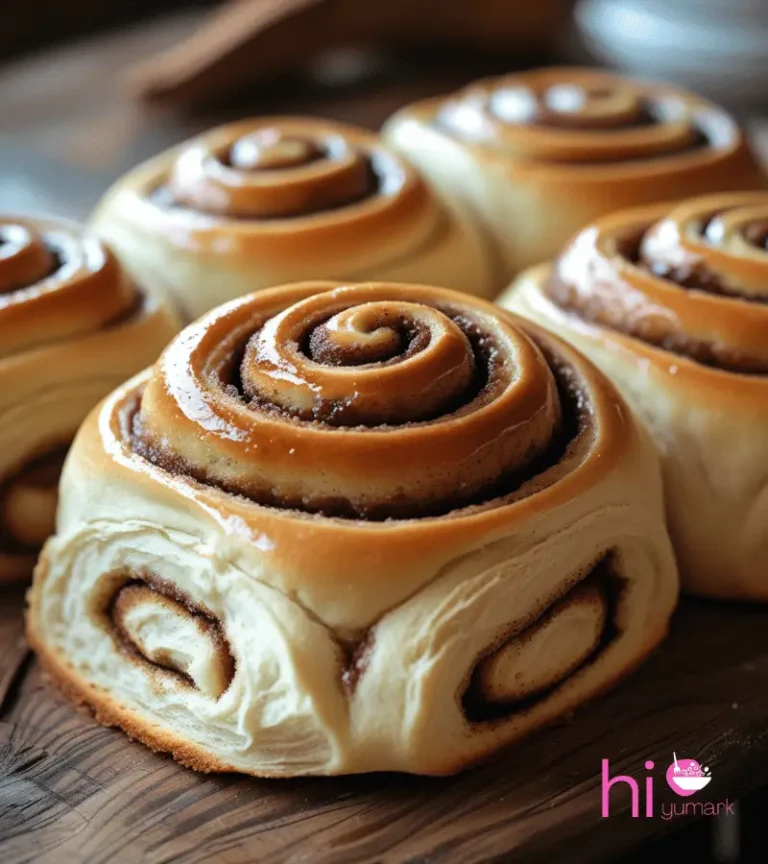Why Is Amish Butter Yellow in Summertime?
If you’ve sliced into Amish butter in July, you’ve probably noticed something different. The color is deeper. Richer. Almost golden.
Why? In summer, Amish cows graze on fresh pasture loaded with beta-carotene – the natural pigment that turns butter a sunny yellow.
More grass in their diet means more pigment in the milk fat… and more golden butter on your table. In winter, hay and stored feed dull the hue.
But diet isn’t the only factor. Breed, fat content, and even old-fashioned coloring tricks can make a difference. Let’s break down why summer Amish butter looks – and tastes – so different from winter’s pale version.
Why Does Amish Butter Get So Yellow in the Summer?
It all comes down to what cows eat.
Amish farms typically allow their dairy cows to graze on pasture whenever possible. In summer, that pasture is fresh, green, and bursting with plant pigments like beta-carotene. This pigment naturally dissolves in fat, which means it ends up in the milk used for butter.
More pigment in the milk = more pigment in the butter. Simple as that.
How Does Cow Diet Affect Butter Color?
Cow diet is the biggest lever you can pull for butter color.
- Pasture-fed cows: Grass contains more beta-carotene than dried feed.
- Grain-fed cows: Corn and soy feeds are lower in beta-carotene, resulting in lighter butter.
On Amish farms, the summer diet is grass-heavy. In winter, it shifts toward hay or silage, which is less pigment-dense. That’s why butter color changes with the seasons.
What Is Beta-Carotene and How Does It Color Butter?
Beta-carotene is the same pigment that makes carrots orange.
It’s part of the vitamin A family, and it’s fat-soluble. That means when a cow eats plants high in beta-carotene, it’s stored in her milk fat instead of breaking down completely. Butter, being mostly fat, becomes a natural pigment showcase.
Fun fact: Humans can’t convert beta-carotene into butter color, but cows can store it directly in their milk.
Do Grass-Fed Cows Produce More Yellow Butter?
Absolutely.
Grass-fed cows produce milk with more beta-carotene, omega-3s, and conjugated linoleic acid (CLA). The color difference is so obvious that many butter brands now label “grass-fed” as a premium selling point.
Amish butter is almost always grass-fed for at least part of the year, making the summer batches noticeably richer in color.
Why Is Pasture-Fed Butter Deeper Yellow Than Grain-Fed?
Fresh pasture is the key.
When cows eat grass that’s only hours old; it’s loaded with chlorophyll and beta-carotene. Grain-fed cows, on the other hand, are eating stored feed that’s months old – pigments break down over time.
That’s why summer butter can look like liquid gold, while winter butter can seem almost ivory.
Do Seasonal Changes in Cattle Feed Influence Butter Hue?
Yes – and the cycle is predictable.
- Spring to early fall: Fresh pasture = more yellow butter.
- Late fall to winter: Stored feed = paler butter.
If you’ve ever bought butter directly from a farm, you can see the color shift just by lining up summer and winter blocks side by side.
Are Certain Cow Breeds Linked to Yellower Butter?
Breed matters – a lot.
Jersey and Guernsey cows naturally produce milk with higher butterfat and beta-carotene levels. That’s why their butter tends to be golden year-round.
Holstein cows, which are the most common dairy breed in the U.S., produce milk that’s slightly lower in these pigments, resulting in lighter butter. Many Amish farms favor Jersey or Guernsey for richer butter.
Does Butterfat Content Affect Its Color and Creaminess?
Yes – fat is where the pigment lives.
Amish butter often contains 82–85% butterfat, compared to the supermarket standard of 80%. That extra fat isn’t just richer in flavor – it also concentrates the yellow color.
So even without a summer diet change, high-fat butter looks more vibrant than low-fat varieties.
Is Amish Butter Naturally More Yellow Than Supermarket Butter?
Most of the time, yes.
That’s because Amish butter is usually made from:
- Grass-fed milk
- High-fat cream
- Minimal processing
Supermarket butter often comes from large herds fed grain-heavy diets year-round. Some brands even use natural coloring (like annatto) to make the butter appear yellow – something Amish butter rarely needs in summer.
Why Is “Summer Butter” Richer in Both Color and Flavor?
It’s not just about looks – flavor rides along.
Beta-carotene doesn’t taste strong on its own, but summer pasture also changes the fatty acid profile of the milk. That means:
- More complex, creamy notes
- A sweeter, fresher aroma
- Better spreadability
Summer butter is basically nature’s seasonal upgrade.
Can Additives or Coloring Affect Butter’s Color?
Historically, yes.
Before refrigeration, butter color varied so much that some farmers used calendula petals or carrot juice to keep it looking golden in winter. Today, large dairy processors sometimes use annatto for consistency.
But Amish butter makers rarely bother – the summer grass does the job perfectly.
What Do People on Food Forums Say About Butter Color?
If you browse Reddit’s r/AskCulinary or food forums, you’ll see the same answer repeated:
“Summer butter is yellow because cows eat fresh grass loaded with beta-carotene.”
It’s one of those simple, old-world facts that’s obvious once you know it – but magical if you’ve only ever eaten pale, store-brand butter.
Conclusion
Butter color isn’t random – it’s a story of seasons, grass, and cows.
When Amish cows graze on summer pasture, they turn grass pigments into creamy gold. Winter changes that diet, and the butter fades along with it.
If you’ve never tried summer Amish butter, find a local source. The flavor difference is just as striking as the color. You’ll never look at supermarket butter the same way again.
And here’s the best part: this seasonal magic happens every year. Which means when summer rolls around, you’ve got the perfect excuse to buy fresh Amish butter – and maybe even plan your recipes around it.
Read related Amish recipe queries

